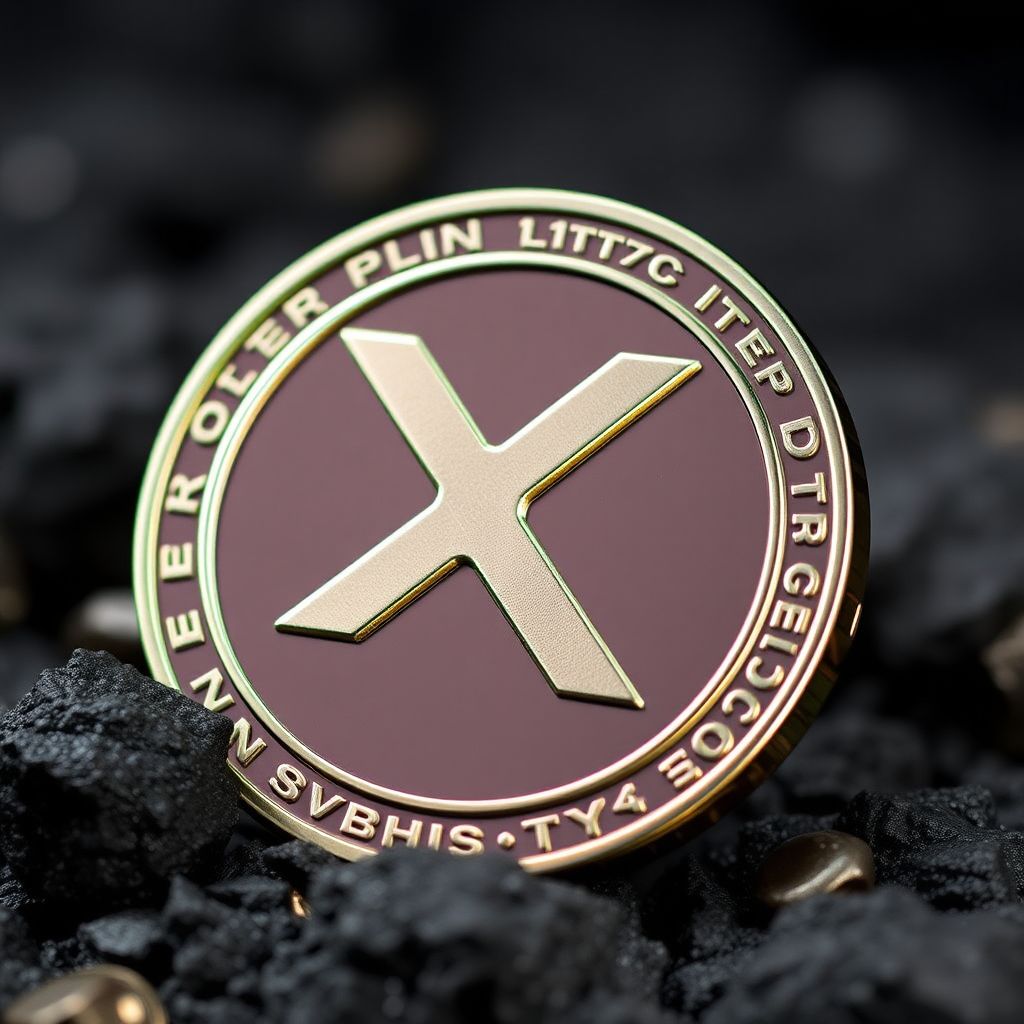Issuers Push Forward with XRP ETF Launches Despite Government Shutdown: November Debut Expected
Despite prevailing regulatory uncertainties and a partial U.S. government shutdown, several financial firms have revised their filings for spot XRP exchange-traded funds (ETFs), aiming for a market launch as early as this month. This strategic move reflects growing confidence among issuers and signals a potential turning point for institutional involvement in Ripple’s XRP.
Notably, companies such as Franklin Templeton, Bitwise, and Canary Capital have submitted updated applications that bypass the need for immediate Securities and Exchange Commission (SEC) approval, a tactic previously used by issuers of Solana (SOL), Litecoin (LTC), and Hedera (HBAR) ETFs. According to ETF analyst James Seyffart, these amendments are designed to sidestep delays caused by the ongoing government shutdown and allow for immediate trading once conditions permit.
The proposed XRP ETFs, if approved, would represent a significant milestone—not just for crypto markets, but also in the broader context of regulatory evolution. Ripple Labs, the company behind XRP, had been entangled in a high-profile legal battle with the SEC for over five years. The potential launch of these ETFs would underscore a dramatic shift in regulatory posture and could signal the end of a long-standing institutional resistance to XRP.
ETF Prime’s Nate Geraci noted that the arrival of spot XRP ETFs could symbolize the “final nail in the coffin” for anti-crypto sentiment among regulators, highlighting the sector’s progress in gaining legitimacy and acceptance.
However, market sentiment for XRP remains fragile. The token’s price has recently experienced a notable correction, sliding from $3.50 to as low as $2.00 before stabilizing near $2.20. The broader crypto downturn has weighed heavily on XRP, with a 12% decline recorded in November alone. Analysts warn of a potential “death cross” on price charts—a bearish technical indicator that could lead to further declines if bullish momentum doesn’t return.
Despite this, some underlying metrics offer a glimmer of hope. Data from Whale Flow 30DMA shows that large holders, often referred to as “whales,” have ceased their two-month selling spree, during which over 45 million XRP were dumped. Historically, a halt in whale selling has preceded accumulation phases, which can help support prices and trigger upward movements.
Options market data, however, reflects ongoing caution. Investors continue to hedge their positions by purchasing short-dated put options, a trend highlighted by the persistently negative 25-day Risk Reversal (25RR) indicator. This suggests that traders are still bracing for near-term volatility, even as long-term prospects improve.
The muted market reaction to the ETF news suggests that traders are more focused on macroeconomic factors and broader crypto headwinds than on institutional developments. Still, the potential for renewed interest from whales and the historical impact of ETF launches on other altcoins could serve as catalysts for a future rebound in XRP.
In addition to the ETF narrative, it’s important to consider the broader implications of institutional exposure to XRP. ETFs provide traditional investors a regulated, liquid vehicle to gain crypto exposure without directly holding digital assets. This could significantly increase access to XRP, particularly among retirement funds, asset managers, and conservative investors who have so far kept their distance from crypto.
Moreover, Ripple’s recent legal victories against the SEC, including a partial win that clarified XRP is not a security when traded on secondary markets, may further pave the way for institutional adoption. Such legal clarity reduces compliance risks for ETF providers and enhances investor confidence.
Looking ahead, the performance of XRP ETFs will likely hinge not only on market sentiment but also on the broader success of crypto integration into traditional finance. If early trading volumes are strong, it could encourage other issuers to explore similar products tied to alternative tokens.
The launch could also impact XRP’s on-chain metrics. Increased institutional demand via ETFs would likely lead to reduced circulating supply on exchanges, potentially creating supply-driven price pressure. This, in turn, might encourage retail traders to re-enter the market in anticipation of a price rally.
In conclusion, while XRP’s price remains under pressure amid ongoing market corrections and investor caution, the upcoming ETF launches represent a significant step forward. If successful, they could reinvigorate interest in the asset, attract institutional capital, and mark a turning point in XRP’s post-lawsuit era. However, near-term market dynamics remain driven by broader macro trends, and any sustainable recovery will depend on improved investor sentiment and stronger technical signals.

